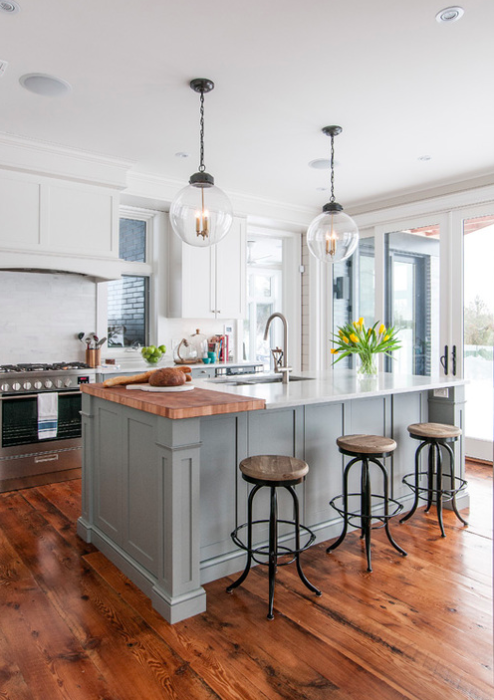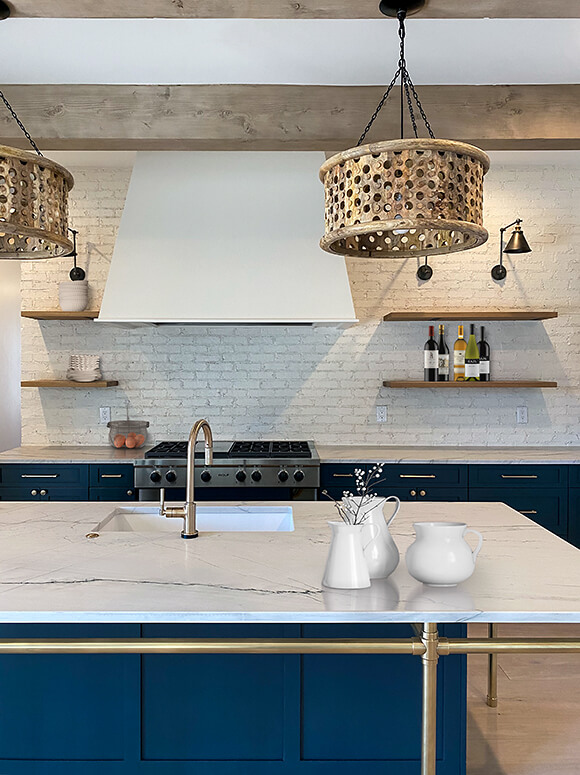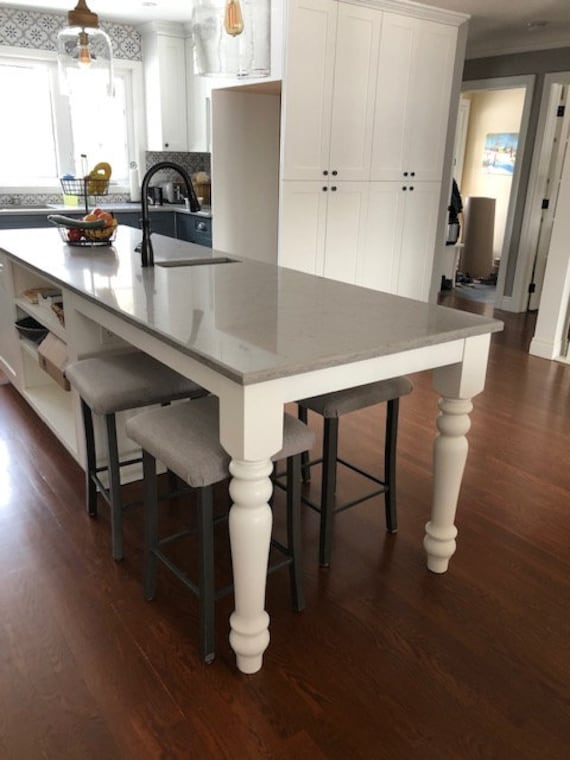Cutting-edge and Fashionable Layouts in Modern Legs For Kitchen Island Solutions
Vital Elements to Consider When Selecting Legs For Cooking Area Island
Selecting the appropriate legs for a cooking area island includes a cautious assessment of numerous variables that can substantially influence both functionality and visual charm. Among these, the selection of product plays a critical duty in making certain toughness, while the design must enhance the existing design. Factors to consider such as height and weight assistance are important for security and comfort. As we discover these aspects, it becomes clear that each choice can have far-reaching ramifications for the overall cooking area experience. What nuances should be taken into consideration in each of these categories to attain the perfect equilibrium?
Material Options
When choosing legs for a cooking area island, understanding the different product options is vital for attaining both aesthetic appeal and architectural honesty (Legs For Kitchen Island). The selection of material substantially affects not just the resilience of the island however likewise its total layout and functionality
Steel legs, commonly made from stainless steel or functioned iron, contribute a contemporary and industrial feel while ensuring durability and security. These products are immune to use and can support substantial weight, making them ideal for bigger islands.
An additional alternative is engineered materials, like MDF or plywood, which can be more cost-efficient while still supplying an array of surfaces. However, they may not give the very same level of stability as strong wood or metal. Finally, materials such as acrylic or glass can develop a modern look, though they might call for additional assistance to guarantee stability.
Inevitably, the choice of product for kitchen area island legs should straighten with the preferred functionality and the general theme of the cooking area.
Design And Style

When considering style, the form and coating of the legs are critical. Tapered legs can provide a sense of agility and style, while thicker, more durable legs can share toughness and security. Furthermore, the surface-- be it repainted, discolored, or natural-- ought to complement the cabinetry and countertop products to develop a unified appearance.
Additionally, the style of the legs can also reflect individual preference. Custom-made or ornamental legs, such as those featuring intricate makings or special geometric shapes, can serve as prime focus, including character and personality to the cooking area. Inevitably, the ideal option will not just improve functionality yet likewise elevate the visual charm, making the kitchen island a standout attribute of the home.
Elevation Considerations
Picking the proper height for cooking area island legs is vital, as it directly influences both performance and comfort. The typical height for a kitchen island normally ranges from 36 to 42 inches, straightening with typical kitchen counter heights. A 36-inch elevation is suitable for food preparation and food preparation, permitting comfy use of cooking area appliances and devices. Conversely, an elevation of 42 inches is frequently favored for islands read more planned for bar seats, fitting taller feceses and providing an informal dining experience.

It is likewise vital to account for customers' choices and heights. Tailoring the height can ensure a comfy experience for all family participants, making the best site cooking area island a more functional and satisfying space.
Weight Assistance
Guaranteeing ample weight support for cooking area island legs is crucial for both safety and performance. The kitchen island commonly serves several purposes, including food prep work, dining, and extra storage space, requiring a durable support structure. When picking legs, it is important to take into consideration the overall weight capability required based on the island's meant usage and the materials that will be positioned on it.
The choice of material for the legs plays a substantial role in their weight-bearing abilities. Strong timber, metal, and durable compounds generally offer remarkable toughness compared to lighter materials. Furthermore, the layout of helpful site the legs-- whether they are straight, tapered, or have a pedestal form-- can influence their capability to disperse weight effectively across the structure.
Constantly get in touch with the supplier's specifications regarding load limitations to make certain that the legs can maintain the designated weight without jeopardizing security. In summary, selecting cooking area island legs with ample weight assistance is necessary for producing a useful and secure culinary space.
Installation and Upkeep
Appropriate setup and maintenance of cooking area island legs are important for making sure longevity and security. To start, it is vital to follow the supplier's standards during installation. This usually includes securing the legs to the space station utilizing appropriate bolts, making sure that the legs are level and straightened. Utilizing a degree tool can aid stop wobbling and improve the overall visual appeal of the cooking area island.
When installed, routine upkeep is necessary to protect the honesty and appearance of the legs - Legs For Kitchen Island. For wood legs, routine cleaning with a moist towel and application of suitable timber gloss can prevent wetness damages and maintain their surface. Steel legs might require a gentle cleansing remedy to get rid of grease and grime, complied with by a completely dry cloth to avoid corrosion development
Furthermore, check the legs regularly for signs of wear or damage, such as cracks or loose joints. Tightening screws or bolts as needed can also prolong the life expectancy of the legs. By adhering to these setup and maintenance practices, property owners can make sure that their kitchen area island stays strong and visually appealing for many years to find.
Conclusion

Aesthetic coherence is critical in choosing the design and layout of legs for a cooking area island, as these elements significantly influence the general atmosphere of the area. Conical legs can supply a feeling of agility and style, while thicker, more robust legs can convey strength and stability.Choosing the appropriate height for kitchen island legs is essential, as it directly impacts both functionality and comfort. In summary, picking cooking area island legs with ample weight assistance is crucial for developing a secure and useful culinary area.
In conclusion, selecting legs for a kitchen island demands mindful factor to consider of different elements, including product alternatives, style, height, weight assistance, and installment.